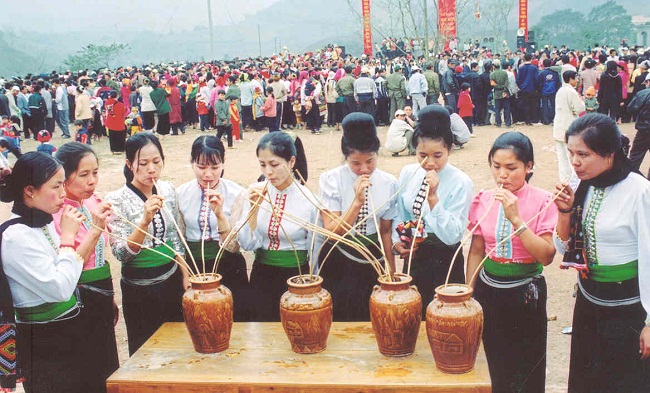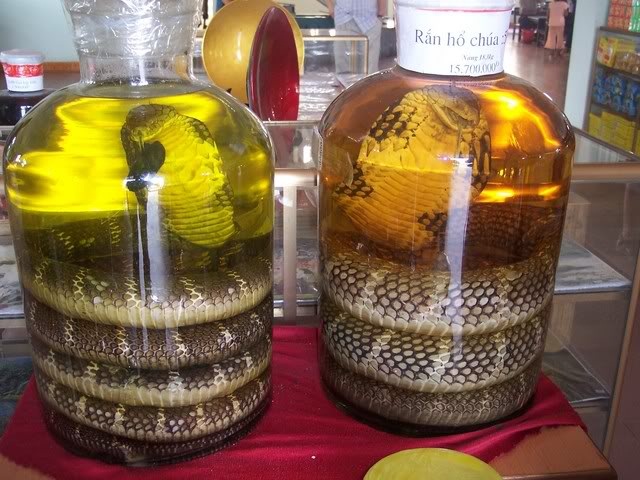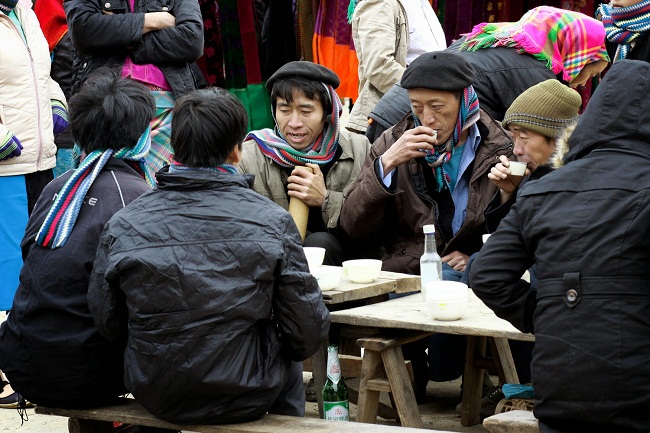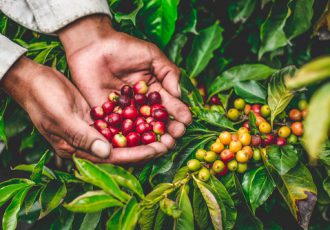The manufacture of Vietnamese alcohol
Vietnamese alcohol is also known as rice alcohol. Rice alcohol is one of the symbols of Vietnam, every festive event is accompanied by this liqueur.
It is made from sticky rice. Steamed rice is fermented and then distilled. It is called ruou trang (white alcohol) which distinguishes it from other alcohols scented with fruits or flowers, called ruou mui (fragrant alcohol) or (coloured alcohol) such as alcohols with chrysanthemums, lotus, and lemon …
Vietnamese alcohol is also a very good accompaniment for medicines. Among the medical alcohols, there are precious alcohols to snakes (tam xa) = three snakes or Ngu xa (collection of 5 different snakes in alcohol).
However, to taste, purists use only the basic alcohol (the very strong white alcohol). For ancestor worship, one always needs a glass of white alcohol rather than any other alcohol, fragrant or medical. In Vietnam, some regions are famous for their white alcohol such as the village of Vân or that of ke Mo.
Ruou can – famous alcohol among ethnic minorities in Vietnam

Alcohol and Vietnamese
Vietnamese alcohol with a torch has long been a tradition that has become essential in the lives of the peoples of the Mountains of the North-West, North and Central Highlands. Every family, no matter how destitute, must have a jar of alcohol ready at home.
Each population has its own rites for drinking Ruou can, but the meaning of this custom is the same. It is an alcohol that we never drink alone, but always in the community on special occasions such as New Year’s Eve, harvest, to celebrate spring, a wedding, a birth, a jubilee, a new home, reunions, birthdays, commemorative or ritual festivals…
It is not a question of drowning a sorrow, nor of getting drunk with friends, or of making a wedding: no need to eat while drinking, alcohol is based on cereals. The secret lies in the fermentation substances prepared from leaves of the forest and the composition of which is carefully hidden from strangers. The ferment is mixed with starch and then put in a jar and covered with a paddy ball.
Then it is not distilled as for ordinary alcohol, but the jar is buried for exactly 100 days. The more you leave it in the ground, the better the product will be. The alcohol jar is a very important thing. Compatriots in the mountains believe that every alcoholic jar has its guardian genius.

The characteristic of cane alcohol is that it is not drunk with cups or glasses, but by sucking directly into the jar through a long can called Can, made of a very thin bamboo stem or that of another plant called D’rao.
It is drunk with several canes. In general, if it is a sacred ceremony, a unique cane will be used. One must mix with alcohol the blood of a sacrificed beast, and around the jar, the dean of the family will have the honour of drinking first. Then come to the others who pass the cane after drinking.
We must not let go of the cane if there is no one to take over. The uniqueness of the cane reaffirms the solidity of the members of the family and the community: everyone, living together in the same village, working in the same fields, under the protection of the same genius, drinks with the same cane to show mutual love, help each other and come together to preserve the existence and continuity of the family.

On the occasion of the festival, foreign visitors will always be the guests of honour, placed in the centre of the assembly, next to the elders of the village. It is customary for young hostesses to invite the stranger to drink and dance to make him feel comfortable and allow him to quickly get in unison with the whole community, such as a long-time friend, or a family member.



